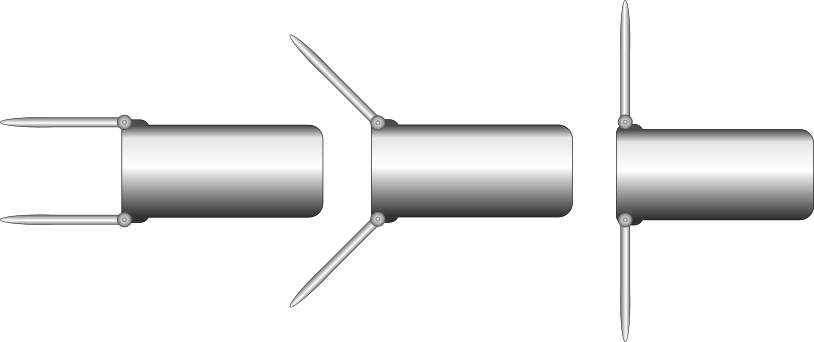Preliminary Research and Documentation
Design and build a AI-based aquatic drone that can be used to clean up floating trash from the surface of rivers, lakes, seas and oceans.
Requirements
The Aquacycler must contain the following parts and components
- Body - A water-proof and aerodynamic body that is designed to collect floating trash and store it.
- Arms - Aquacycler has a pair of movable arm-like structures that can collect trash and lead it to the crusher and shredder.
- Crusher/Shredder - An inbuilt crusher and shredder to break down large plastic and other trash.
- Conveyor Belt - A conveyor belt that carries trash to the crusher and shredder.
- Aquacycler Console - A console is needed to view camera input and control the movement and navigation.
- Cameras - Multiple underwater cameras that can take high resolution pictures and transfer them to a computer.
- Proximity sensor - Proximity sensor to safeguard Aquacycler from crashing into other ships or rocks.
- Aquacycler Software - Software to schedule trash cleaning, pickup and drop points, and quantity of trash collected.
- Solar panels (optional) - Aquacycler can be designed to run on solar power, especially when far away from land.
- Automated Navigation - Aquacycler can be programmed to navigate to a specific location in the sea using AI and ocean mapping.
- Remote Operations - When not in automated navigation mode, Aquacycler can be remotely operated from a computer on land.
How Aquacycler works
Whether in automated navigation mode or when operated remotely, Aquacycler can perform the following actions:
- The arm-like structures skim the surface of water and collect the floating debris and trash.
- The collected trash is pushed towards a conveyor belt.
- The conveyor belt transports the debris to the crusher. The water drains back in to the ocean or sea.
- The crusher crushes the debris and the crushed debris falls into the shredder.
- The shredder shreds the crushed debris and stores it.
When Aquacycler returns to land, shredded debris can be removed for recycling or disposal.
Figure 1 - Schematic diagram of Aquacycler
Figure 2 - Top view of Aquacycler
External Links
Licensing
This project is being developed as an open-source project with the following licensing:
- Software: GPL-3.0 - https://www.gnu.org/licenses/gpl-3.0.en.html
- Hardware, Design & other Intellectual Property: CC-BY-SA-4.0 - https://creativecommons.org/licenses/by-sa/4.0/



